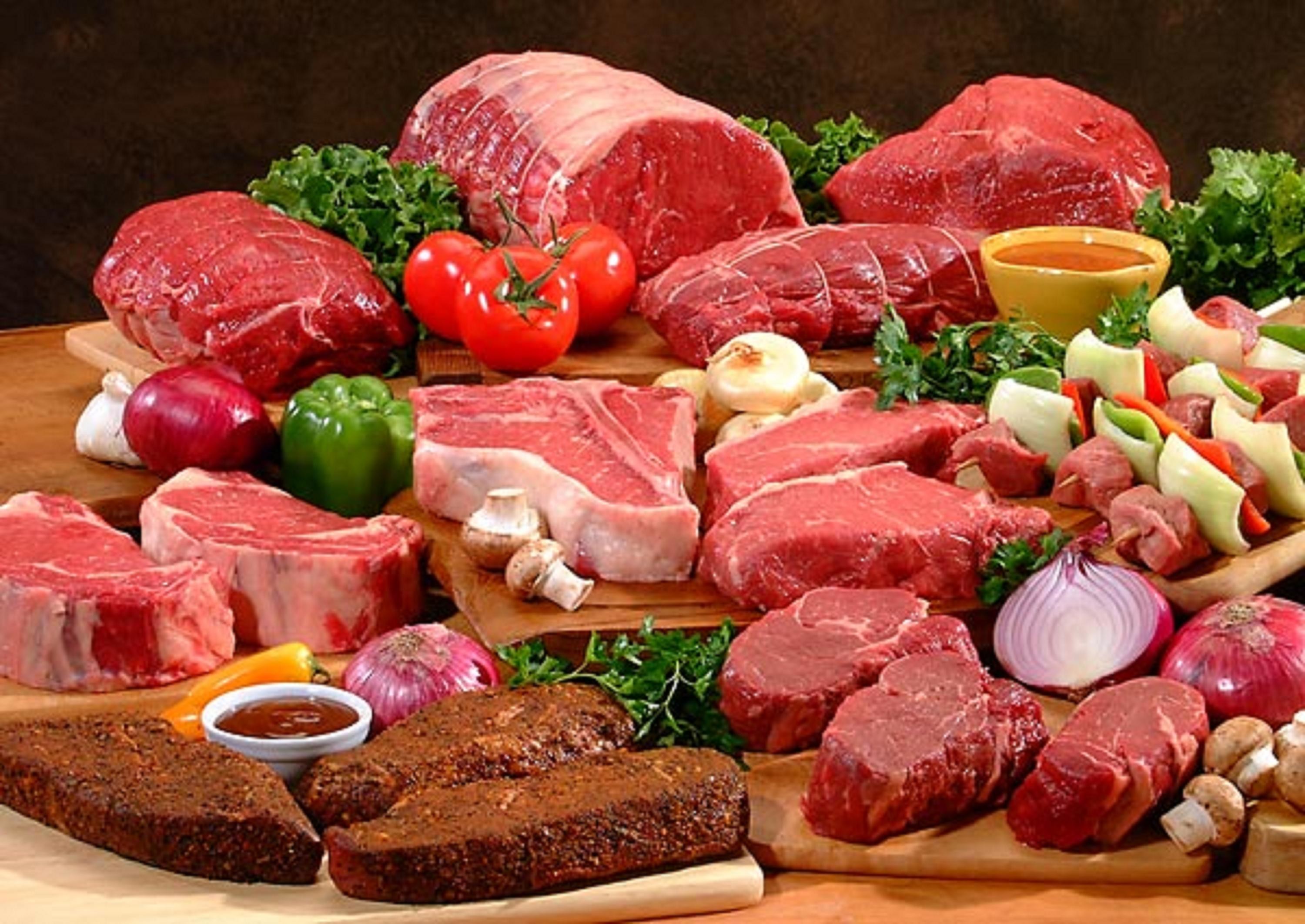Beef stew, a hearty and comforting dish enjoyed worldwide, typically features beef as its primary protein ingredient. However, the specific cut of beef used can vary greatly depending on regional traditions, personal preferences, and the desired texture and flavor of the stew. Some common cuts of beef used in beef stew include:
Chuck: This cut comes from the shoulder and neck area of the cow. It’s known for its rich flavor and tender texture when cooked low and slow, making it an ideal choice for stew.Chuck can be further divided into sub-cuts like chuck roll, chuck tender, and blade steak, each with its own characteristics but all suitable for stewing.
Round: Beef from the round primal cut, which is taken from the hindquarters, is also commonly used for stew. The round is leaner than chuck, which can make it slightly tougher, but it becomes tender with slow cooking. Cuts like the round roast or rump roast can be cut into bite-sized pieces for stew.
Brisket: While often used for barbecue or corned beef, brisket can also be used in stew, especially if it’s cut into smaller pieces. It has a lot of connective tissue, which breaks down during slow cooking, resulting in a tender and flavorful meat.
Shank: Beef shank, which comes from the leg of the cow, is another option for stew. It’s known for its unctuous texture when slow-cooked, as it’s very high in connective tissue. Osso buco, a traditional Italian dish, uses cross-cut shanks, but regular cuts can also be used in a stew.
Short Rib: Short ribs are a popular choice for hearty stews and braises. They consist of a short portion of the rib bone with a lot of meat and fat attached. This makes them extremely flavorful and tender when cooked low and slow.
When choosing a cut of beef for stew, it’s essential to consider the cooking method and the desired outcome. Tougher cuts with more connective tissue are ideal for slow cooking, as they become tender and add depth to the stew. Leaner cuts can also be used but may require slightly different cooking times to prevent them from becoming too dry.
Regardless of the cut chosen, beef stew is a versatile dish that can be tailored to suit various tastes and dietary needs. The addition of vegetables, such as carrots, potatoes, and onions, along with a broth or sauce, completes the hearty and satisfying nature of beef stew, making it a beloved meal around the world.
Preparing Beef for Stew
Preparing the beef is a crucial step in making a great stew. Here are some steps to follow:
- Trimming: Remove any excess fat that you don’t want in your stew. Some fat is necessary for flavor, but too much can make the stew greasy.
- Cutting: Cut the beef into uniform bite-sized pieces. This ensures that all the meat cooks evenly.
- Seasoning: Season the beef with salt, pepper, and any other herbs or spices you’re using before browning it. This helps to lock in the flavors.
- Browning: Brown the beef in a pan before adding it to the stew. This step is optional but highly recommended as it adds a rich flavor to the meat and the stew.
Cooking the Stew
The method of cooking can also impact the texture and flavor of the beef in the stew. Slow cooking methods, such as using a crockpot or cooking the stew on the stovetop at a low heat for a couple of hours, are ideal for tenderizing tougher cuts of beef.
Basic Steps for Cooking Beef Stew
- Browning the Beef: Heat a couple of tablespoons of oil in a large pan over medium-high heat. Add the beef to the pan and cook until it's browned on all sides. Remove the browned beef from the pan and set it aside.
- Sauteing the Vegetables: Reduce the heat to medium and add more oil if necessary. Then, add the onions and cook until they're translucent. Add other vegetables like carrots and potatoes, and cook for a few minutes until they start to soften.
- Adding Liquids and Seasonings: Add broth, wine (if using), and any other seasonings to the pan, scraping the bottom to release any browned bits. Bring the mixture to a boil, then reduce the heat to low.
- Simmering the Stew: Return the browned beef to the pan, cover it with a lid, and let it simmer. The simmering time will depend on the toughness of the beef and the desired level of doneness for the vegetables. Typically, it takes about 1.5 to 2 hours on the stovetop or 6-8 hours in a crockpot.
- Serving: Once the beef is tender and the vegetables are cooked through, the stew is ready to be served. It can be served hot, garnished with fresh herbs or accompanied by crusty bread or over mashed potatoes.
FAQ Section
What cut of beef is best for beef stew?
+The best cut of beef for stew is often a matter of personal preference, but tougher cuts like chuck, round, and shank are popular choices because they become tender with slow cooking.
How long does it take to cook beef stew?
+The cooking time for beef stew can vary significantly depending on the method. Stovetop cooking typically takes 1.5 to 2 hours, while using a crockpot can take 6 to 8 hours on low heat.
Can I use leaner cuts of beef for stew?
+Yes, leaner cuts of beef can be used for stew, but they might not be as tender as cuts with more connective tissue. It's essential to adjust cooking times and possibly add more liquid to prevent them from drying out.
In conclusion, the choice of beef for a stew is a critical factor in determining the overall quality and enjoyment of the dish. Whether you prefer the rich flavor of chuck, the tenderness of round, or the unctuous texture of shank, there’s a cut of beef that can elevate your stew to the next level. By understanding the characteristics of different cuts and applying the right cooking techniques, you can create a truly exceptional beef stew that will delight both family and friends.



